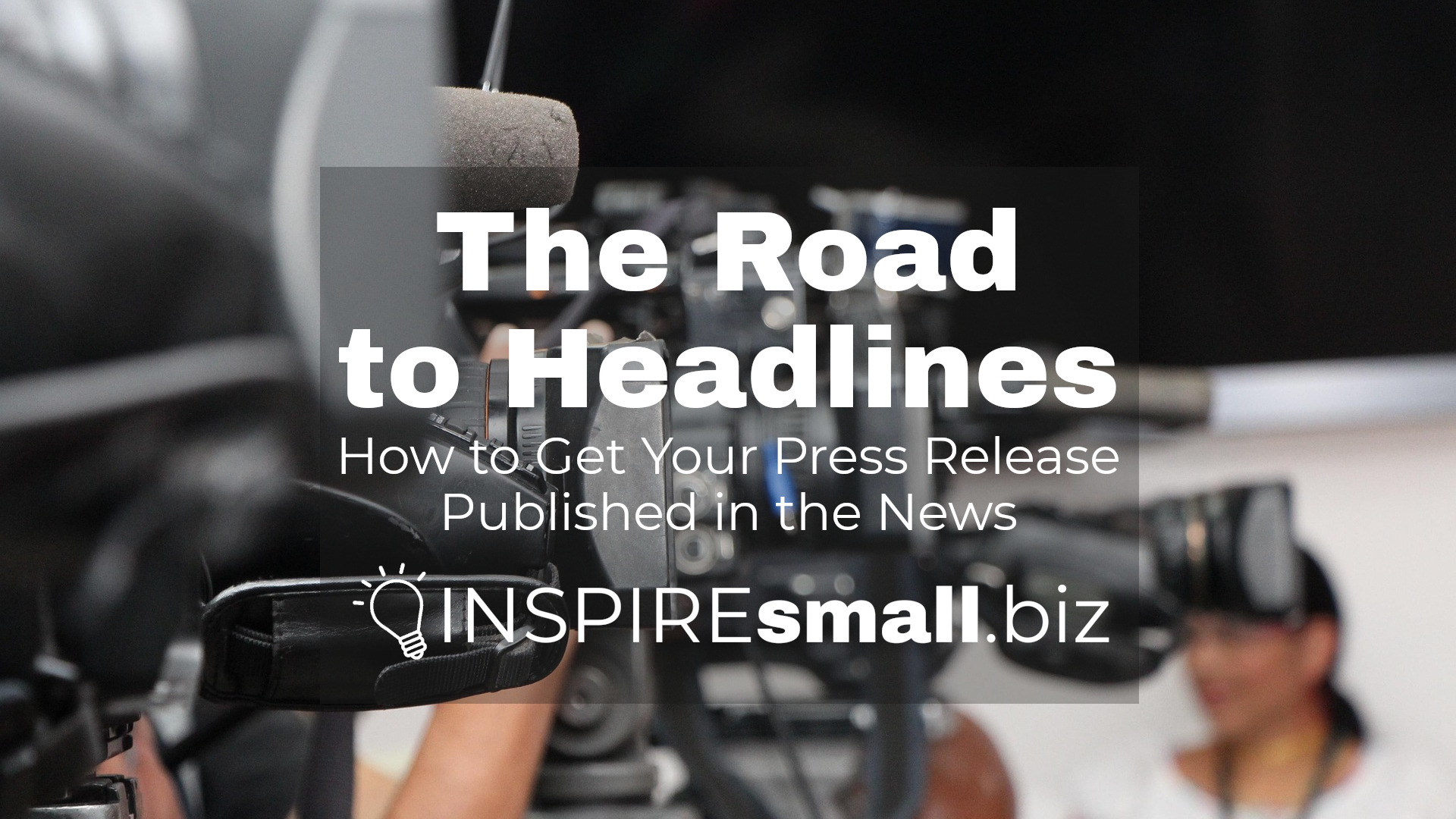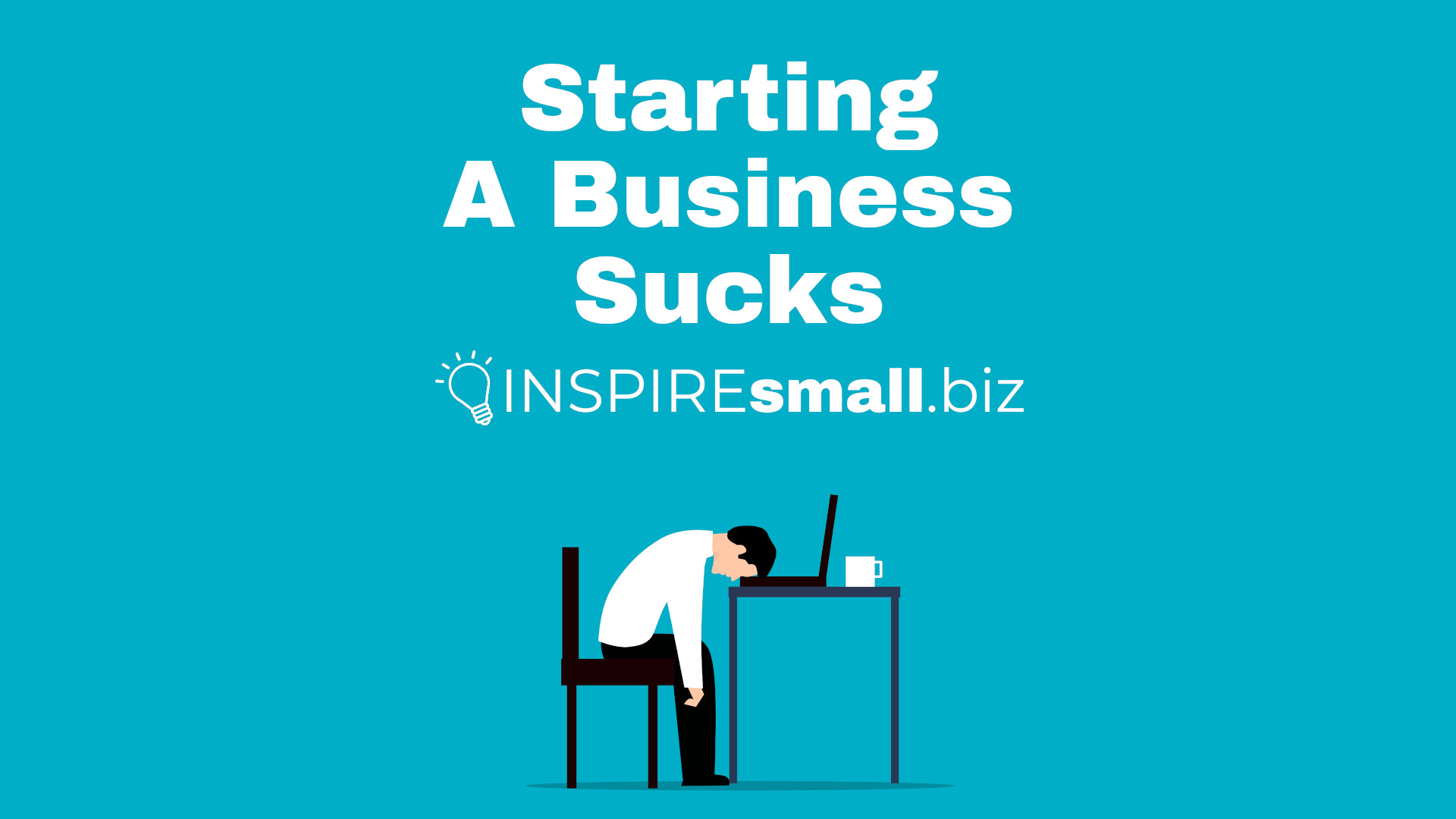Crafting an attention-grabbing press release is only half the battle. To get your story in the news, you must understand the strategies and tactics that news organizations and journalists appreciate.
In this article, we’ll explore the steps and tips to increase your chances of getting your press release published in the news.
Write a Newsworthy Press Release
Before you start sending your press release to news outlets, ensure that your press release is genuinely newsworthy. A newsworthy press release typically involves:
- Timeliness: The story is current and relevant.
- Impact: The story has significance and affects people or the community.
- Prominence: It involves noteworthy individuals, organizations, or events.
- Proximity: It relates to the local area or region of the news outlet.
Your press release should address the “Five W’s” – who, what, where, when, and why. If your story doesn’t naturally fit these criteria, it may be challenging to get it published.
Create a Compelling Headline
The headline is the first thing a journalist sees, so it must grab their attention. Craft a concise, attention-grabbing headline that conveys the essence of your story. Avoid clickbait and focus on accuracy and relevance.
Write a Strong Lead Paragraph
The lead paragraph, also known as the “lede,” should provide a brief summary of your press release. It should answer the most important questions and capture the reader’s interest. A well-written lede can encourage journalists to read the entire release.
Provide High-Quality Content
Make sure your press release is well-written, free of grammatical errors, and provides valuable information. Journalists appreciate clear, concise, and factual content. Include quotes from key figures to add depth and authenticity to your story.
Include Relevant Media
Images, videos, and infographics can enhance your press release’s appeal. If your story can be visually represented, include high-quality media that journalists can use alongside their articles.
Craft a Pitch Email
Compose a concise, compelling pitch email to accompany your press release. The email should briefly introduce your story, highlight its newsworthiness, and include a call to action. Keep your pitch email focused and engaging.
Timing Matters
Consider the timing of your press release. Avoid sending important releases on weekends, holidays, or during major news events that might overshadow your story. Mid-week mornings are often ideal for sending press releases.
Leverage Online Media Directories
Online media directories are valuable resources for finding media contacts. Here are a few directories to explore:
- Cision (formerly known as PR Newswire for Journalists): This database allows you to search for journalists, editors, and media outlets by location, beat, or publication.
- Muck Rack: Muck Rack provides a platform to search for journalists and media outlets. It also offers insights into their social media activity.
- MediaPost: MediaPost is a digital media and advertising news source with a directory of media contacts.
Select the Right Distribution Channels
Choose the distribution channels that best match your target audience and the nature of your news. Options include newswire services, media databases, and social media. Consider a mix of options to maximize your reach.
Research and Build Media Lists
Identify the journalists and news outlets that cover topics related to your press release. Build a tailored media list that includes contact information for the right journalists. Personalize your outreach to address them by name and explain why your story is relevant to their beat.
Visit Media Outlets’ Websites
Most media outlets maintain a “Contact Us” or “About Us” section on their websites. This is an excellent place to find contact information for editors, reporters, and newsroom personnel. Look for email addresses, phone numbers, and even social media profiles.
Check Online News Articles
When you come across local news articles, pay attention to the bylines and author information. Many articles will include the author’s contact information or link to their profile, making it easier to reach out.
Use Social Media
Social media platforms can be powerful tools for connecting with media contacts. Follow local journalists, reporters, and media outlets on platforms like Twitter and LinkedIn. Engage with their content, share their stories, and send direct messages when appropriate.
Promote your press release on your own social media channels. Encourage your network to share the news, which can increase its visibility and make it more appealing to journalists looking for trending stories.
Attend Local Events and Networking Opportunities
Local events, press conferences, and networking opportunities are great places to meet media professionals in person. Attend industry-specific events, chamber of commerce meetings, or community gatherings to make connections with local journalists and reporters.
Reach Out to Industry Associations
Industry-specific associations often have relationships with local media outlets. Consider joining relevant associations or reaching out to their members for introductions to local media contacts.
Follow Up Politely
After sending your press release and pitch email, follow up with journalists who have not responded. Keep your follow-ups concise and polite, respecting their busy schedules.
Build Relationships
Effective media relations involve more than one-off interactions. Building relationships with journalists and editors over time can increase your chances of getting your press releases published. Be reliable, responsive, and respectful in your communications.
Be Open to Interviews
If journalists express interest in your press release, be prepared to provide interviews, additional information, and insights. Being accessible and responsive can help solidify your position as a valuable source for news stories.
Monitor and Measure
Keep track of your press release’s performance. Monitor where it’s published, the reach it achieves, and any engagement it generates. This information can guide your future press release strategies.
Learn and Adapt
Analyze the outcomes of your press release efforts. If your press releases aren’t gaining traction, consider adjusting your approach. Learning from your experiences and adapting your strategy can improve your success rate over time.
Engage with Local Bloggers and Influencers
In many cases, local bloggers and social media influencers have strong connections with traditional media outlets. Engaging with them and building relationships can lead to introductions to journalists and reporters.
Send Personalized Pitches
When reaching out to media contacts, personalize your pitches to demonstrate that you’ve done your homework. Reference their recent work, explain why your story is relevant to their beat, and be clear about the value your story offers to their audience.
Respect Journalists’ Time and Deadlines
Journalists work under tight deadlines and may receive numerous pitches daily. Be respectful of their time and deadlines. Respond promptly to their inquiries and provide the information they need efficiently.
Be Transparent and Honest
Honesty and transparency are essential in media relations. If you make a mistake, admit it and correct it quickly. Building a reputation for reliability and trustworthiness will benefit your media outreach efforts.
Consider Hiring a PR Professional
If you find it challenging to navigate the world of media contacts and outreach, consider enlisting the help of a professional PR firm or consultant. They have extensive networks and expertise in media relations.
Finding and connecting with local media contacts is a critical step in getting your story covered by publications, radio stations, and TV stations. By leveraging online resources, attending local events, and engaging with professionals on social media, you can build valuable relationships with journalists and media outlets in your community. Remember that successful media outreach is about more than just sending pitches; it’s about cultivating relationships, delivering valuable stories, and respecting the needs of the media professionals you work with.
Getting your press release published in the news requires a combination of newsworthy content, effective outreach, and building relationships with journalists. By following these steps and refining your approach over time, you can increase your chances of seeing your press releases featured in the media. Remember that persistence, professionalism, and a strong understanding of the media landscape are key to success in this endeavor.



